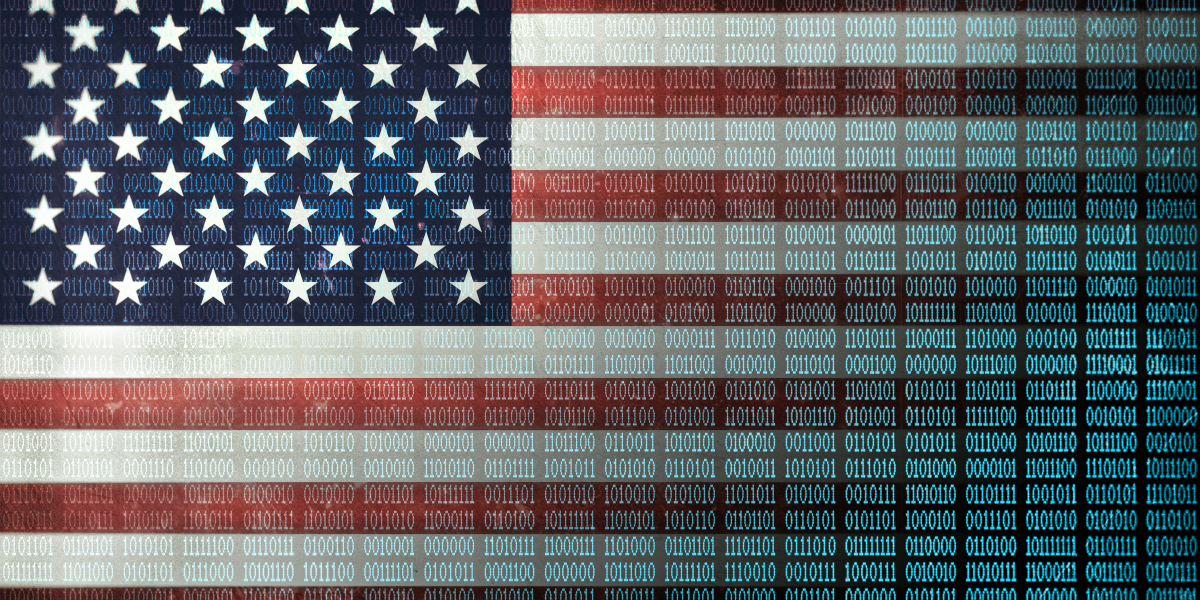The possibilities are set out in a patent application that describes a range of scenarios, including one where voters register to vote with an app, then cast their ballot via a QR code received in the mail.
“The voter can receive the paper ballot and use a mobile device or other computer to scan the ballot with a camera. The voter can then use the mobile device to cast digital votes,” the patent application reads.
Other sections of the application describe how election officials could use blockchain technology to maintain voter rolls, and to ensure no one votes twice—all while also ensuring that who an individual chooses on their ballot remains a secret.
Here is a screenshot from the patent application that describes a step-by-step description of how someone could use their phone to vote:
In response to an inquiry from Fortune about whether the USPS plans to deploy the tech in upcoming elections, the agency provided few details.
“This is a pending patent,” said USPS spokesperson Roy Betts. “Nothing happens this year. We will have no further comment beyond what is covered in the filing,”
The agency sought the patent in 2018, and in keeping with Patent Office procedures, the application became public after 18 months. The application lists six inventors, including consultants from Deloitte and a former mail carrier.
The patent application reflects a high level of technical sophistication. This is especially so in regard to blockchain technology, which involves a type of software that creates an indelible, tamper-proof ledger across multiple computers.
Blockchains are most famously associated with the cryptocurrency Bitcoin, but are also being used in a wide variety of other applications, including finance and supply chains.
The USPS patent application, which was first reported by Forbes, doesn’t mention Bitcoin. But it does cite Ethereum, the second most popular cryptocurrency, whose blockchain is used for a wide variety of purposes. (The application reads, “In some embodiments, the blockchain is based on the Ethereum open software platform.”)
The patent application also describes “Proof of Authority” as a possible “consensus mechanism” for verifying information like ballot results or voter rolls. In plain English, this implies that a group of pre-selected officials or government officers would have the authority to confirm the data on the blockchain.
The use of blockchain-based voting is not as novel as it sounds. The Utah Republican Convention used a blockchain voting service this spring, while the U.S. Senate has been exploring using the technology for remote voting.
But such efforts are a far cry from running national elections by means of mobile phones, blockchains and the Post Office. Even though the technology is highly secure—Bitcoin’s blockchain has never been hacked in a decade—it would require a massive education campaign among voters and election officials. It would also require a degree of trust among politicians and the electorate—trust that has been in short supply in light of President Trump’s recent, and unfounded, attacks on mail-in voting.
Content retrieved from: https://mimicnews.com/the-us-postal-service-is-seeking-a-patent-for-voting-by-phone.

